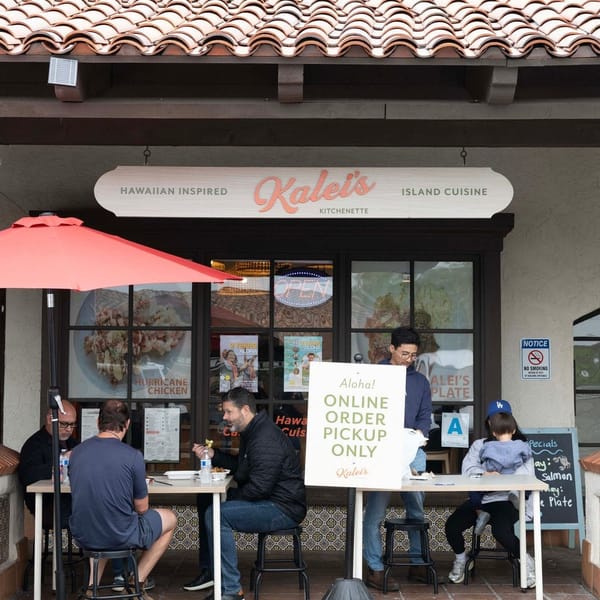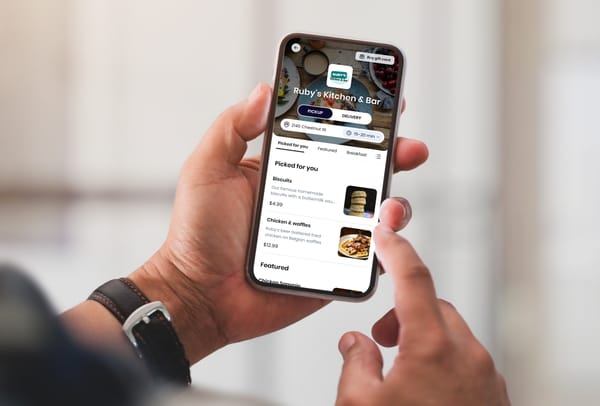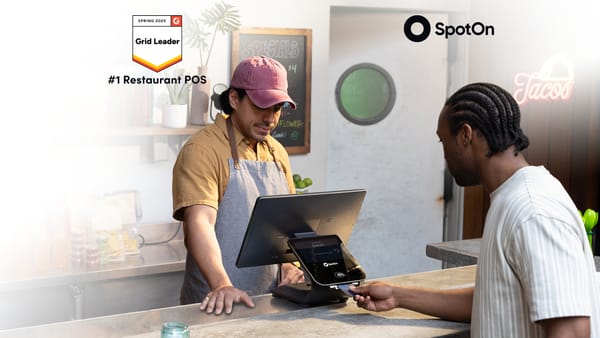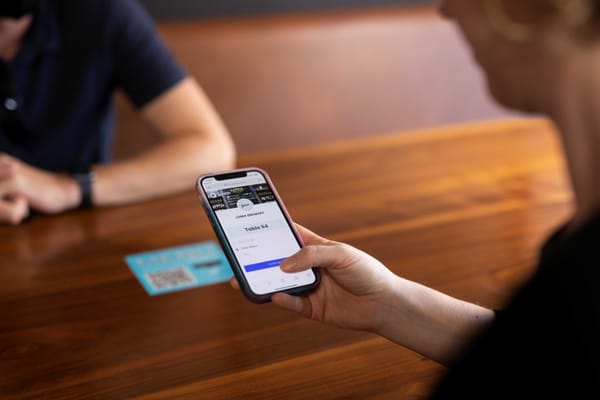Between tracking inventory, serving customers, and managing your staff, you might not have much time at the end of the workday to sift through data to spot and analyze trends.
But every data point that your business generates is an all-you-can-eat buffet of useful information. Here's how you can use your restaurant data to better manage your finances, improve customer service, and optimize your marketing activities -- without hours of additional work.
Sorting through the deluge of data
Data drives every interaction and task in your business, whether in your kitchen or on your website. There's a lot of valuable information in that data — if you know where to look.
- Payment data. Your point-of-sale system is the central hub for much of your restaurant data. It records the payment methods your customers use, whether it's a credit card, debit card, cash, digital wallet, like Apple Pay and Google Pay. You can use this data to get a better handle on your overall transaction fees per payment method. This data can also give you a better understanding of your customer base's technology and payment preferences, which can help you plan better marketing campaigns.
- Customer data. Your point-of-sale system might also store customer information, especially if the customer is part of your loyalty or rewards program. These details can include a customer's name, address, phone number, and email, which is invaluable for social media and email marketing campaigns.
- Inventory data. If you integrate inventory software into your point-of-sale system or use a stand-alone inventory tracking platform, you can gather data on food costs and menu item sales. You can use the data to determine how much specific menu items cost per plate and track food usage to better understand how food waste eats into your profits.
- Financial data. Your financial data includes food and beverage sales, inventory reports, profit and loss statements, labor costs, tax obligations, and other overhead costs that affect the long-term viability of your business.
- Social media data. If you maintain a presence on Facebook, Instagram, Twitter, and Yelp, you have a lot of useful information at your fingertips about your customers. You can look at engagement to know who's visiting your restaurant's page, how long they're staying, what posts they like, how your paid ad campaigns have performed, and how many visitors you've converted. Yelp, for example, provides back-end data on how many people visited your business's page, where those people live, and which users uploaded photos to your business listing.
- Third-party data. Review management software helps you improve your online reputation by consolidating your online reviews in one place. This helps you address customers' concerns in real time and gain insight about what you're doing well — and where you can do better. If you work with a third-party delivery service, you can access delivery data like sales data for particular menu items, customer feedback and reviews, average delivery times, the number of order inaccuracies, and sales trends over different time periods.
Across all these platforms and channels, you have access to qualitative and quantitative data that you can use to better understand your customers, spot trends, and make proactive decisions that can boost sales, revenue, and customer loyalty.
This information is valuable — but it can be overwhelming. Understanding it is critical to running a sustainable business — and there's tech that can help.
The right starting point
The best place to consolidate your data is your point-of-sale system. But a basic point-of-sale system doesn't always provide the capabilities you need.
A modern point-of-sale system should do more than collect data — it should help you extract meaningful insight from that data. Are more of your customers using digital wallets such as Apple Pay to pay for their meals? What's the most popular appetizer on your takeout and delivery menus? Do you need to increase your order with suppliers by 20% for an ingredient featured in the most frequently ordered dishes on your full-service dining menu? Your point-of-sale system should help you notice these kinds of trends and capitalize on them.
Your point-of-sale system is a foundational technology, and you can connect it to other systems and software - from marketing to payroll to mobile delivery. You don't need to be a tech wizard to figure this out, either. Your point-of-sale system vendor can handle this integration for you. The truth is: if you're using a modern point-of-sale system, it should already come with several built-in capabilities and integrations with industry-standard technologies, such as Bevager, HotSchedules, SafeSurv, Restaurant365, and Gusto.
Once you've integrated as much of your restaurant data as possible into one place, you can learn from it. Ideally, your point-of-sale system provider should offer mobile and desktop dashboards that display all of your information. Set aside at least 15 minutes every week to review the data. Go through your online reviews to see what people are saying about your business, respond to customer feedback to keep engagement up and make improvements, or examine sales reports to understand why sales during what were traditionally peak months sagged. From there, you can figure out how to capitalize on opportunities and tackle any issues.
Driving revenue with data
The key to good restaurant data management is having a go-to system where you can see all the information you need to run your business. Decades ago, restaurant owners didn't have these insights at their disposal — and if they did, it was likely kept on paper and stashed away in a file cabinet.
Digital technology — specifically the modern point-of-sale system — has made data accessible and easy to interpret. Your business now has an invaluable opportunity to use information to improve your bottom line. Seize it, and you're in position for sweet success.











